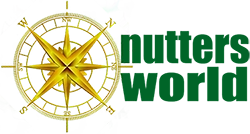Iron Age Shipwrecks in the Mediterranean Sea
Kepçe Burnu Shipwreck (Mid-Late 7th Century BC): Early Archaic Cyprus-Aegean Trade Route
The Kepçe Burnu shipwreck (mid- to late 7th century BC) offers crucial evidence for Early Archaic long-distance trade. This article looks at the site context, poorly preserved cargo (Cypro-Levantine amphoras, Southeast Aegean amphoras, mortaria), and petrographic analysis that confirms a likely Cypriot origin for the primary cargo, underscoring the vital economic link between Cyprus, the Levant, and the Aegean.
By Nick Nutter on 2025-10-26 | Last Updated 2025-10-26 | Iron Age Shipwrecks in the Mediterranean Sea
This article has been visited 799 times

Gulf of Gokova near Kepce Burnu wreck site
Kepçe Burnu Shipwreck 650 – 600 BC
The Kepçe Burnu shipwreck presents a fascinating and remarkably parallel case study to the Kekova Adası wreck, providing critical insights into Early Archaic long-distance trade along the Turkish coast.
Do you enjoy my articles? For your reading pleasure, this website does not carry third party ads. You could help me write more articles by buying me a cup of coffee.
Site Context and Discovery
The Kepçe Burnu wreck is one of three Archaic shipwrecks surveyed in 2010. It was previously discovered by the Institute of Nautical Archaeology (INA) during survey campaigns conducted in 1973 and 1980.
The site is located along the northern shore of the Gulf of Gökova. Like the other two vessels, this wreck highlights the importance of the Turkish coast in the developing long-distance economic network of the Early Archaic period.
Dating and Site Condition
Based on the diagnostic basket-handle amphora rims and bases discovered, the Kepçe Burnu shipwreck is dated to the mid- to late 7th century. This estimated date places the sinking of this vessel around or slightly later than the shipwreck found at Kekova Adası.
The site itself is shallow, which has negatively impacted preservation. The 2010 survey observed a scatter of heavily broken material extending from a depth of approximately 5 metres down the slope into the sea grass beyond 10 metres. The ceramics are consequently very poorly preserved due to the dynamic nature of the shallow site.
Cargo on the Kepçe Burnu
The Kepçe Burnu vessel carried a cargo remarkably similar to that found at Kekova Adası. The three Archaic wrecks generally share the common feature of carrying bulk processed agricultural goods, likely olive oil, in Cypro-Levantine basket-handle amphoras.
The composition of the visible cargo includes:
Cypro-Levantine Basket-Handle Amphoras: This is the primary cargo.
Southeast Aegean Amphora: Fragments of at least one were counted among the remains.
Mortarium: At least one shallow bowl (used for food preparation and dry goods measurement) was counted among the remains.
Petrographic Analysis of Cargo Samples
During the 2010 survey, samples were raised from the seabed for petrographic analysis at Brock University.
Cypro-Levantine Basket-Handle Amphoras
Sampling: Nine basket-handle amphoras were sampled during the 2010 survey.
Manufacture and Appearance: The jars show unevenness in their manufacture and diversity in colour, ranging from red brown to light yellowish-green in plane polarized light. The yellowish-green colour is indicative of a high-fired calcareous fabric.
Mineralogy: On the whole, the mineralogy is generally similar to the amphoras analysed from Kekova Adası and, despite having a somewhat finer fabric, to those from the necropolis of Salamis on Cyprus.
Inclusions: The samples are characterized by textural concentration features and poorly sorted inclusions. The primary inclusions are micritic limestone, monocrystalline quartz, microfauna, and a variety of small and often altered igneous rock fragments. Lesser quantities of serpentine, small opaques (iron oxides?), amphibole, chert, and some feldspar are also present.
Sourcing: Based on the available geological and archaeological evidence, as well as typological comparanda from early Archaic tombs in the necropolis of Salamis, Cyprus (and perhaps eastern Cyprus more specifically) appears to be the most likely source for this group.
Mortarium
Sampling: The single mortarium discovered was sampled.
Fabric: The mortarium appears very similar to the fabric group defined by the basket-handle amphoras, falling within the broad spectrum. However, it is somewhat coarser and features rather densely packed inclusions, particularly medium quartz, micritic limestone, and microfossils. It is unclear whether this coarser variant resulted from additional temper or simply less levigation (the process of refining the clay).
Sourcing: Like the amphoras, Cyprus (likely eastern Cyprus) is the most probable source for the mortarium. The fact that the mortaria appear in fabrics identical or obviously related to the basket-handle amphoras underscores that related economic mechanisms were at work in the transport of both the bowls and the processed agricultural goods carried in the amphoras.
Southeast Aegean Amphora
Condition: Only a single southeast Aegean amphora was discovered; it was fragmentary and could not be fully documented.
Fabric: The sample raised reveals a fabric with distinct similarities to one of the southeast Aegean amphoras analyzed from Kekova Adası (Sur.008).
Mineralogy: It is medium grain, red brown to light greyish tan, optically inactive, with few vughs and poorly sorted inclusions. The primary inclusions include monocrystalline quartz, micritic limestone, and some plagioclase. Also visible are some amphibole and mica (mostly biotite), as well as small bits of phyllite.
Sourcing: This specific fabric is not particularly close to Whitbread’s “Samian” amphora. Based on petrography and typology, the origin for this form is suggested to be generally in the southeast Aegean region, though a more specific location cannot currently be proposed.
Route taken by the Kepçe Burnu ship
In summary, the Kepçe Burnu vessel confirms the trade route linking Cyprus and the Levant with the Aegean in the mid- to late 7th century, primarily via the transport of agricultural goods and related utilitarian pottery.
References
“Sourcing The Cargos Of Three Archaic Shipwrecks: Kekova Adasi, Kepçe Burnu And Çaycağiz Koyu” (2010 – 2011)
Authors:
Dr. Justin LEIDWANGER: Affiliated with the Institute for the Study of the Ancient World, New York University, located at 15 East 84th St., New York, NY 10028/USA.
Asst. Prof. Dr. Harun ÖZDAŞ: Affiliated with the Institute of Marine Sciences and Technology, Dokuz Eylül University, located at Baku Boulevard Nr.100, İnciraltı 35340, İzmir/TURKEY.
Assoc. Prof. Dr. Elizabeth S. GREENE: Affiliated with the Department of Classics, Brock University, located at 500 Glenridge Avenue, St Catharines, Ontario L2S 3A1/CANADA.
Do you enjoy my articles? For your reading pleasure, this website does not carry third party ads. You could help me write more articles by buying me a cup of coffee.
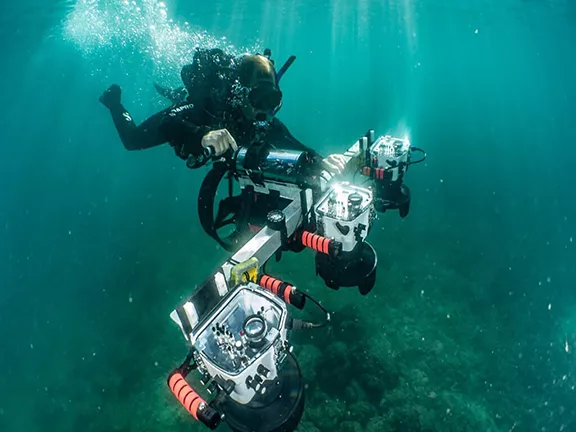 1: Dor's Iron Age wrecks 11th-6th centures BC
1: Dor's Iron Age wrecks 11th-6th centures BC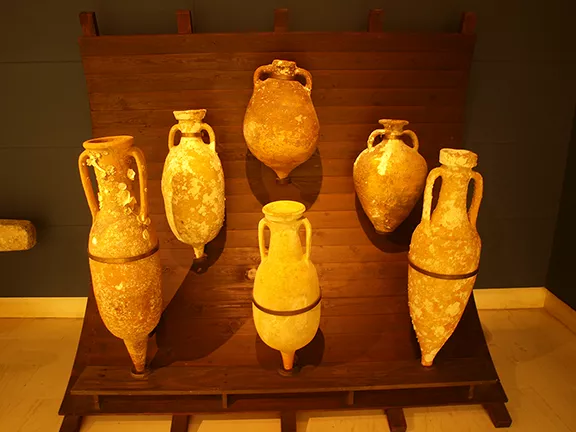 2: Carmel Atlit shipwreck c 800 - 750 BC
2: Carmel Atlit shipwreck c 800 - 750 BC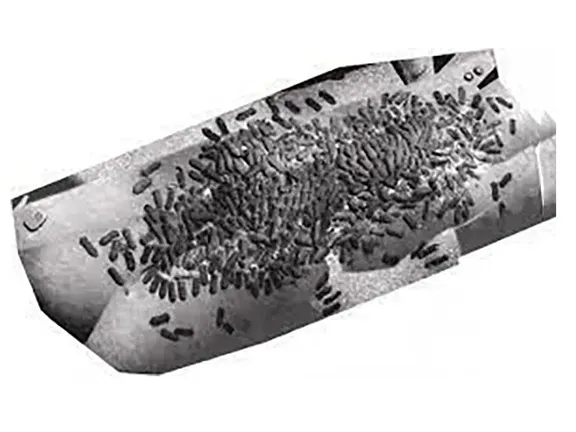 3: Tanit and Elissa c 750 BC
3: Tanit and Elissa c 750 BC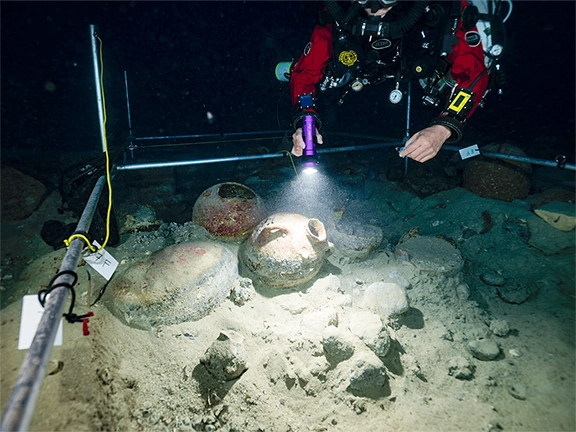 4: Xlendi Bay shipwreck off Gozo c 700 BC
4: Xlendi Bay shipwreck off Gozo c 700 BC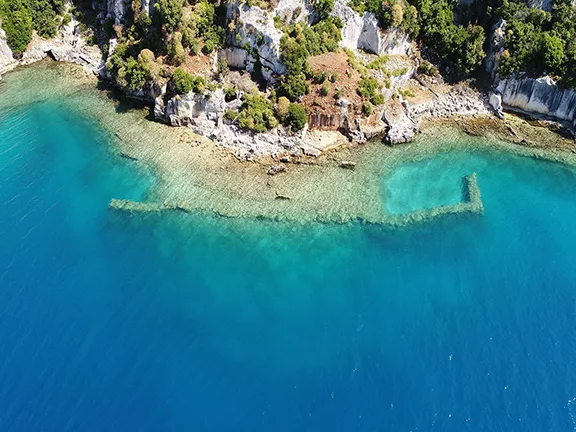 5: The Kekova Adası shipwreck c 650 BC
5: The Kekova Adası shipwreck c 650 BC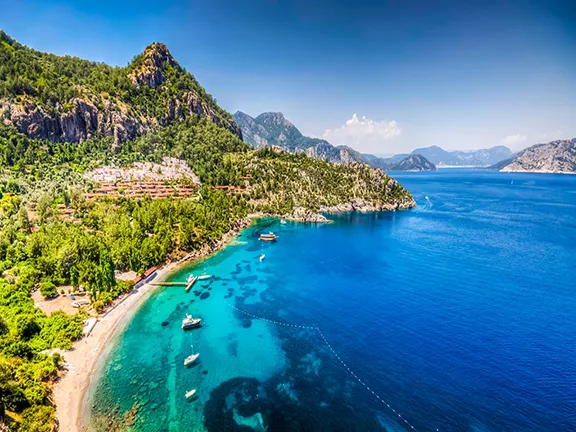 7: Çaycağız Koyu Shipwreck c 600 BC
7: Çaycağız Koyu Shipwreck c 600 BC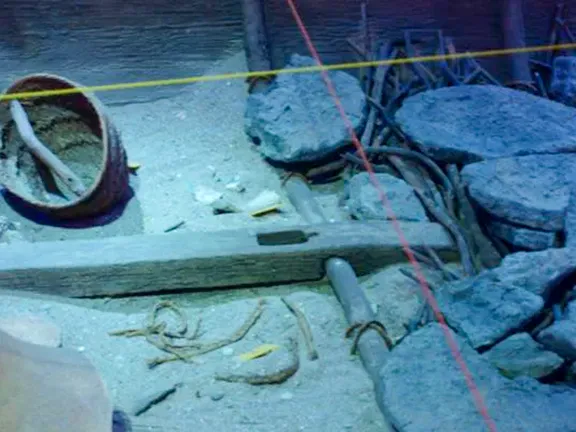 8: Mazarron II 625 - 570 BC Phoenician period
8: Mazarron II 625 - 570 BC Phoenician period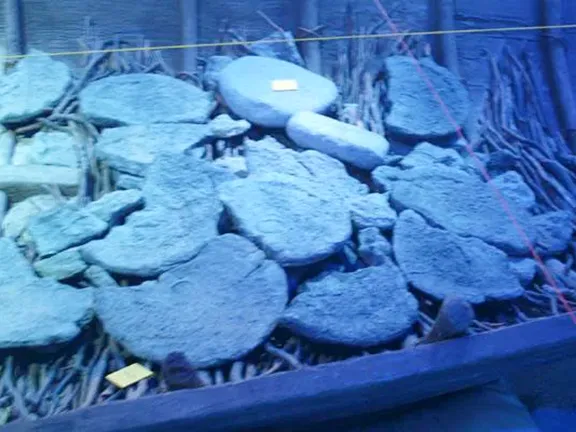 9: Mazarron I c 600 BC Phoenician period
9: Mazarron I c 600 BC Phoenician period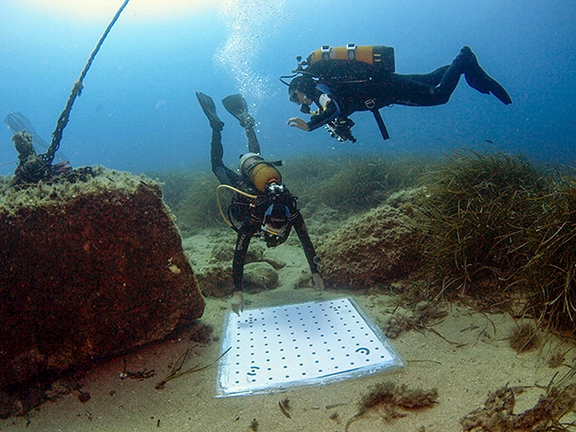 10: The Bajo de la Campana c 600 BC
10: The Bajo de la Campana c 600 BC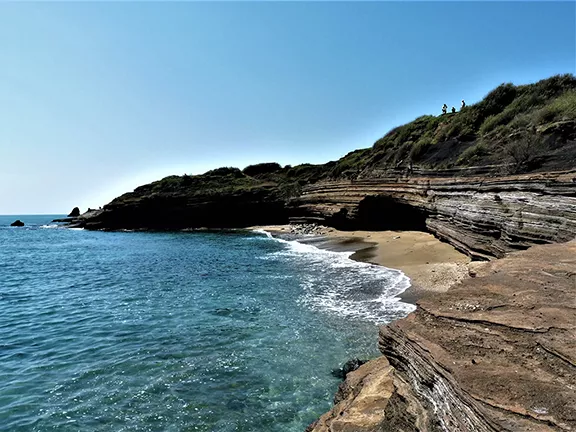 11: The Rochelongue underwater site c 600 BC
11: The Rochelongue underwater site c 600 BC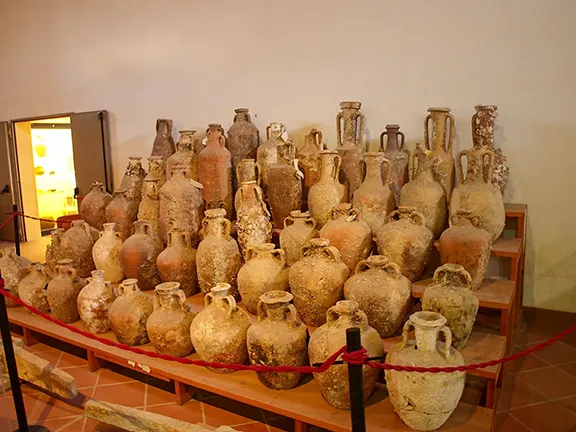 12: Giglio Etruscan shipwreck c 580 BC
12: Giglio Etruscan shipwreck c 580 BC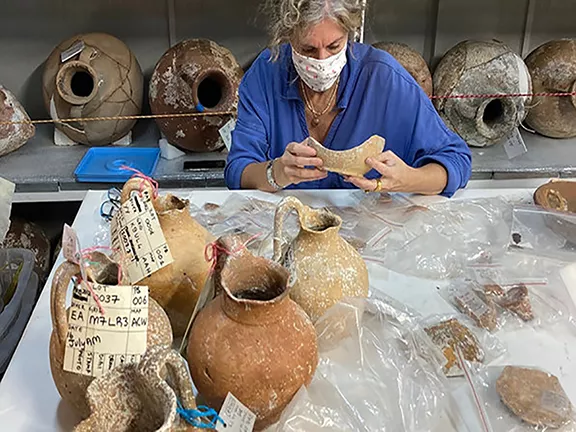 13: Pabuç Burnu shipwreck 570 - 560 BC
13: Pabuç Burnu shipwreck 570 - 560 BC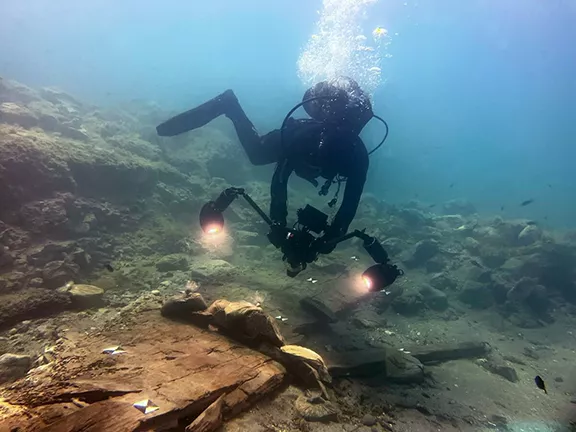 14: Ispica - Greek Shipwreck 600 - 400 BC
14: Ispica - Greek Shipwreck 600 - 400 BC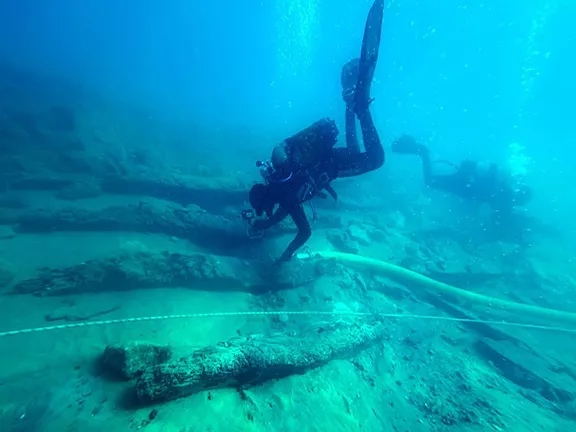 15: Gela I shipwreck 500 - 480 BC
15: Gela I shipwreck 500 - 480 BC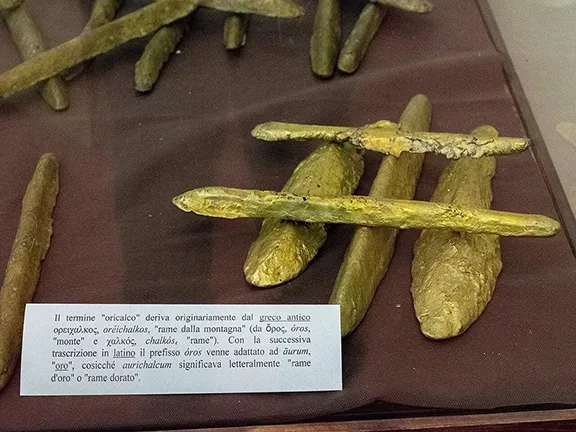 16: Gela 2 shipwreck 490 – 450 BC
16: Gela 2 shipwreck 490 – 450 BC